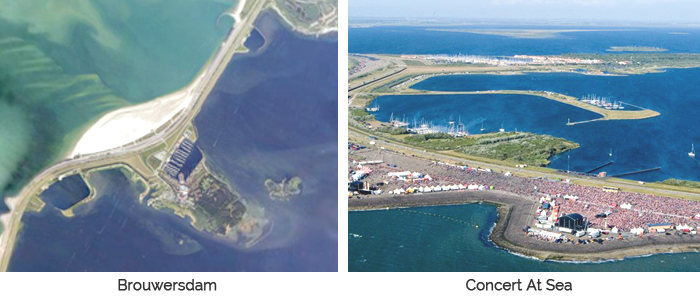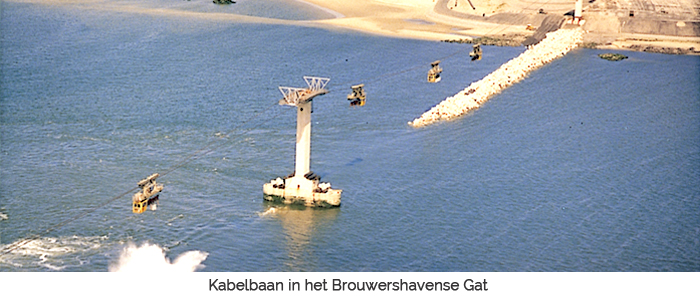The Delta Plan
Since before the Disaster of ’53, there are plans for the closure of the estuaries. The flood disaster, however, accelerates the planning and implementation. In 1955 the Delta Plan is on the table. Following the Delta Plan, the main sea holes in the southwest of the Netherlands are dammed. Only the open sea connections with Rotterdam and Antwerp must be maintained. In addition to increasing safety, an improvement in freshwater management is also an objective of the Delta Plan.
In 1957 the Delta law is adopted by Parliament. The implementation is quickly done: the Delta Works have begun.



